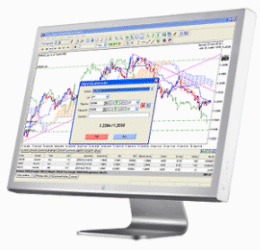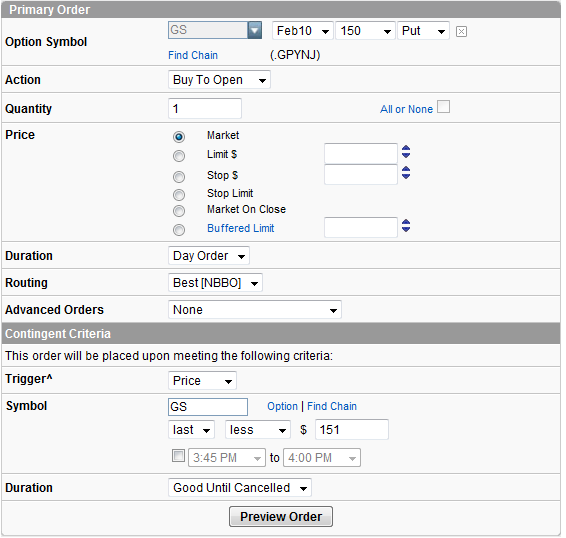When piecing together your Trading Plan, one area you need to put some thought into, is how you will execute your Trade Order Management, especially if you don’t have time to sit down to trade during the trading hours.
Its probably one aspect of a traders tasks that doesn’t get much focus, but it is something that can boost your performance by executing your Entries and Exits more efficiently.
Trade Order Management – Entry
Upon setting your Trade Entry orders into a new position, it is important that you get into the position as close to or at a better price than when you first received your entry signal from your trade entry method. This is important because the further your entry price moves from your stop, the more risk you are taking on into the trade.
Similarly the closer your entry price is to your trade target price, it diminishes your reward and therefore your Reward to Risk Ratio, which should all be pre-defined before entry. This is especially important when trading leveraged instruments such as stock options, CFD’s or futures contracts as you don’t what to be chasing entry into a position which has moved to far away from your signal price.
Trade Order Management – Exits
When setting your Trade Exits orders from your trade exit methods however there are two sides to the coin.
With Stop Loss & Trailing Stops you do not want to be shaken out of a position unnecessarily by an intra-day test, only to see the position recover by days end and continue to trend in the desired direction either forcing you to take a loss or cut your profits short.
When taking money off the table with partial Profit Taking orders it is different, its a good idea to be too exact or greed with being filled at or above your target price, only to see the price retrace and you having missed your opportunity. In this case, close enough is good enough.
Types of Trade Orders:
Market Order
A Market Order is the simplest of the orders types, it is an order to buy or sell, to be executed immediately at the current market price.
Limit Order
The Limit order is an order to give the trader control over what price the trade is executed rather than the certainty of execution.
A Buy limit order is an order to buy the security at a price limit or lower
A Sell limit order is an order to sell the security at the price limit or higher
Stop Orders
A Sell Stop Order is an order to sell a security with a market order once the price is at or below the set price.
A Buy Stop Order is an order to buy a security with a market order once the price is at or above the set price.
There is also a Stop Limit Order which is the same as a Stop Order but instead or triggering a Market order it triggers a Limit Order.
Trailing Stop
A Trailing Stop Order is a stop order which is executed once the price retraces a defined amount or percentage from its most favorable position.
Conditional Orders
Conditional Orders or Contingent Orders are an order that will be executed once a specific condition is true.
With Trade Order Management there are some combinations of these orders that are worth learning, and each executed to a different effect. If you are going to set and forget your orders its important to work out the outcome your desire, and enter your orders accordingly.
I hope that you are enjoying this blog series on the “Top 10 questions a Trading Plan must answer“. Below are all the posts in this series:
- What are your Life Goals & Trading Goals?
- What is your Trade Entry Method?
- What are your Trade Exit Methods?
- What type of orders will you use to enter & exit?
- What are your Money Management Techniques ?
- How will you manage your Position Risk versus Reward?
- What is your Process for Open Trade Review & finding New Trades Picks?
- What is your Trading Success Profile?
- How will you Review your Trading System to measure & improve?
- What is your Trading Daily Routine-(Part1 & Part 2)?
Stay tune for the next post on ” Balance your Risk with Trading Money Management”
Cade Arnel
Trend Hunter
www.globaltrendtraders.com © 2009



It must surely allow you to breathe more freely knowing your investments are being looked after by careful planning and automatic oversight processes.
.-= Wal Heinrich´s last blog ..Genetically Modified Foods – Are They Worth the Risk? =-.